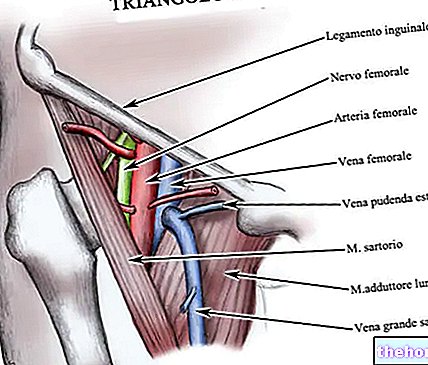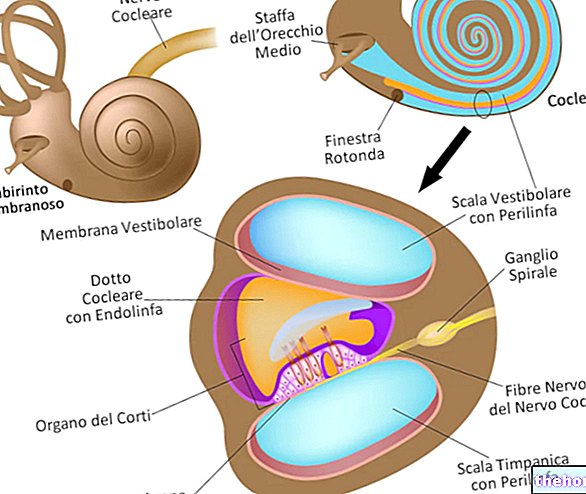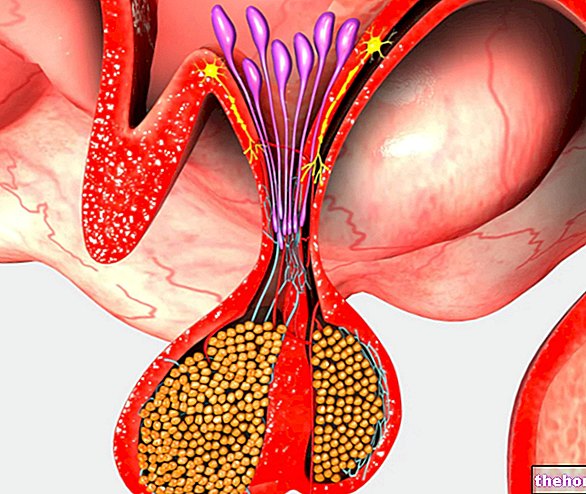
Representing the longest vein in the human body, the saphenous vein flows, during its journey to the groin, near the medial malleolus, along the medial portion of the leg, behind the knee and along the anterior aspect of the thigh.
As it rises from the foot to the groin, the saphenous vein receives blood from numerous tributary veins.
To signal the conclusion of the course of the saphenous vein along the lower limb is the confluence in the common femoral vein.
The saphenous vein is important both in the pathological field and in the clinical therapeutic field.
The saphenous vein begins in that region of the foot, where the so-called dorsal vein of the big toe flows into the so-called dorsal venous arch of the foot (or venous arch of the foot).
The dorsal venous arch of the foot resides at the height of the distal portion of the metatarsals; the metatarsals are the bones of the foot located between the bone group of the tarsus (proximal skeletal portion of the foot) and the phalanges (distal skeletal portion of the foot).
From here, it continues in the direction of the medial malleolus (or internal malleolus) and, shortly before reaching the latter (thus keeping to the front), it turns towards the leg, orienting itself towards the groin.
In people of normal weight or in any case not obese, the portion of the saphenous vein that passes in front of the internal malleolus is visible and also palpable.
Along the leg, the saphenous vein is maintained in a medial position (therefore, it flows inside the leg), up to the knee. At the height of the knee, it moves slightly behind the latter, passing precisely behind the medial epicondyle of the femur (or internal epicondyle of the femur).
The medial epicondyle of the femur is the particular bony eminence placed above the so-called medial condyle of the femur, which, together with the lateral condyle of the femur, participates in the knee joint.
After passing the knee, the saphenous vein assumes an orientation that leads it to pass more and more on the anterior aspect of the thigh; here - that is, on the thigh - it ends its journey when it is about 3-4 centimeters from the so-called pubic tubercle (see pubis).
To mark the end of the saphenous vein is its confluence in the common femoral vein, at the height of the so-called femoral triangle (or Scarpa's triangle).
The point of confluence of the saphenous vein into the femoral vein is called the saphenous-femoral junction.
Included between the fascia lata (anteriorly) and the pectineus, adductor longus and iliopsoas muscles, the femoral triangle is the particular hollow anatomical space of the thigh, which houses the femoral artery, the femoral vein, the femoral nerve, the femoral sheath. inguinal lymphatic vessels and deep inguinal lymph nodes.
Where it flows into the common femoral vein, the saphenous vein forms a characteristic arch, called the saphenous arch, and passes through an "opening on the fascia lata, called the saphenous opening or oval fossa.




























